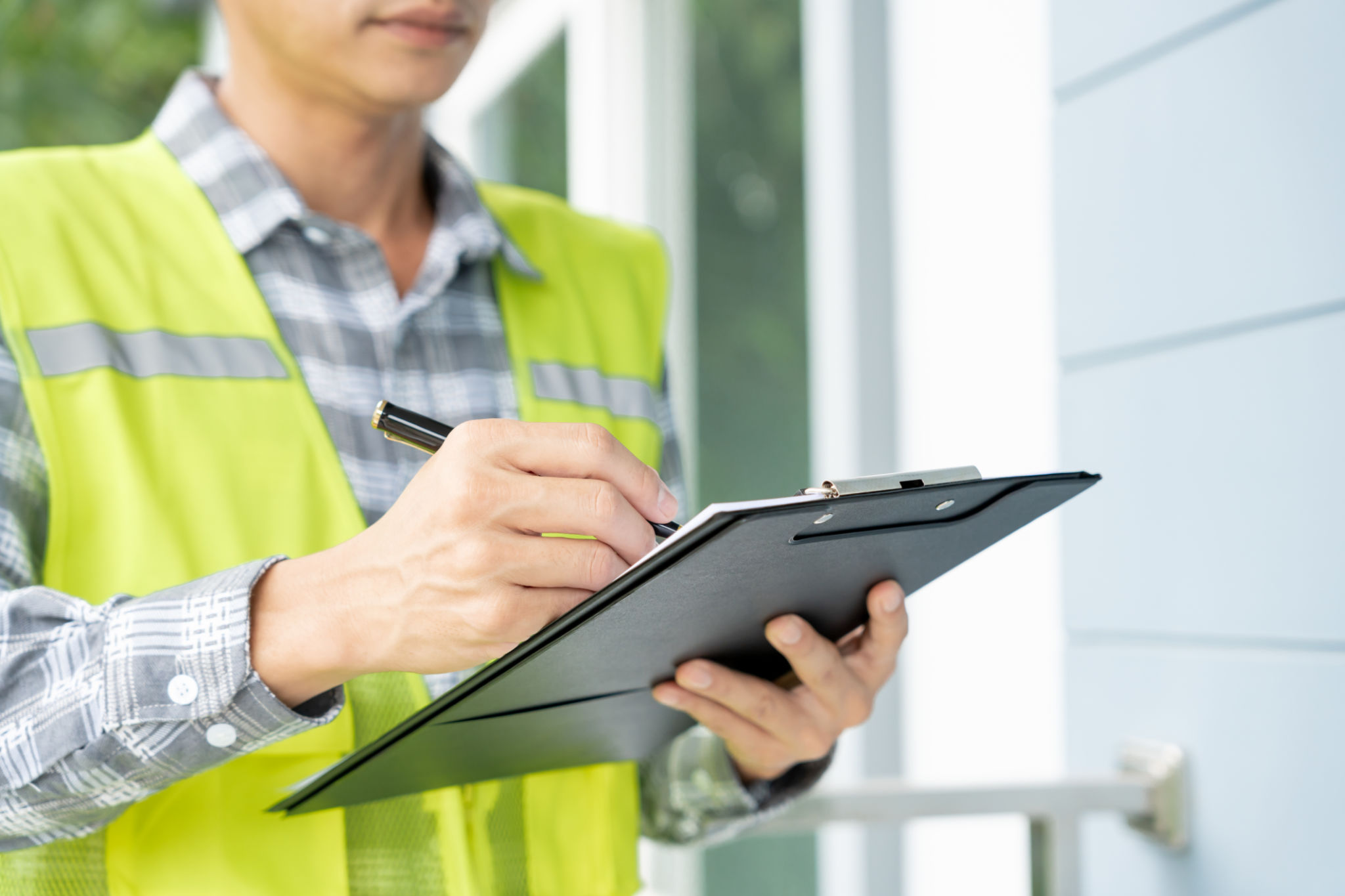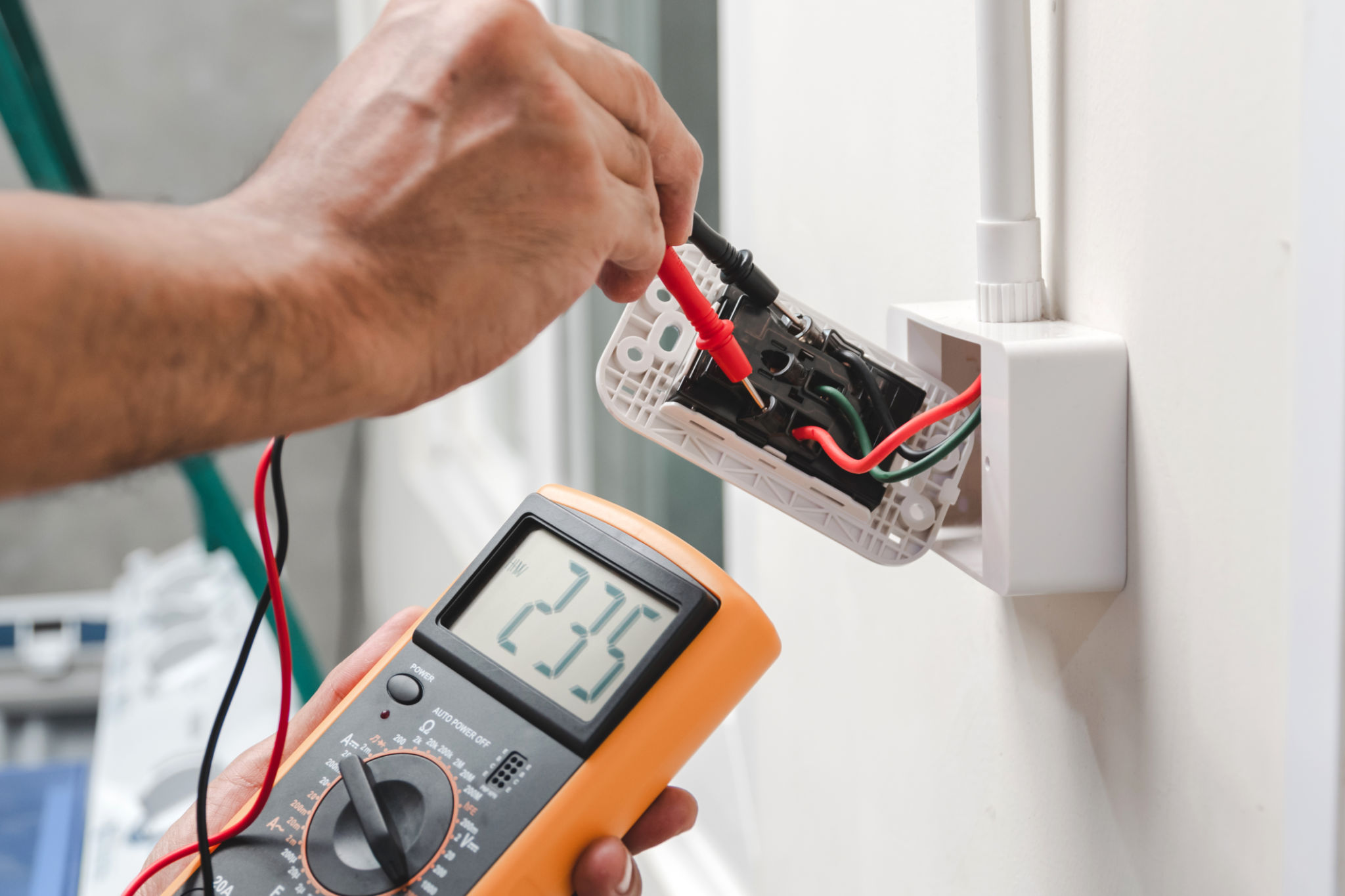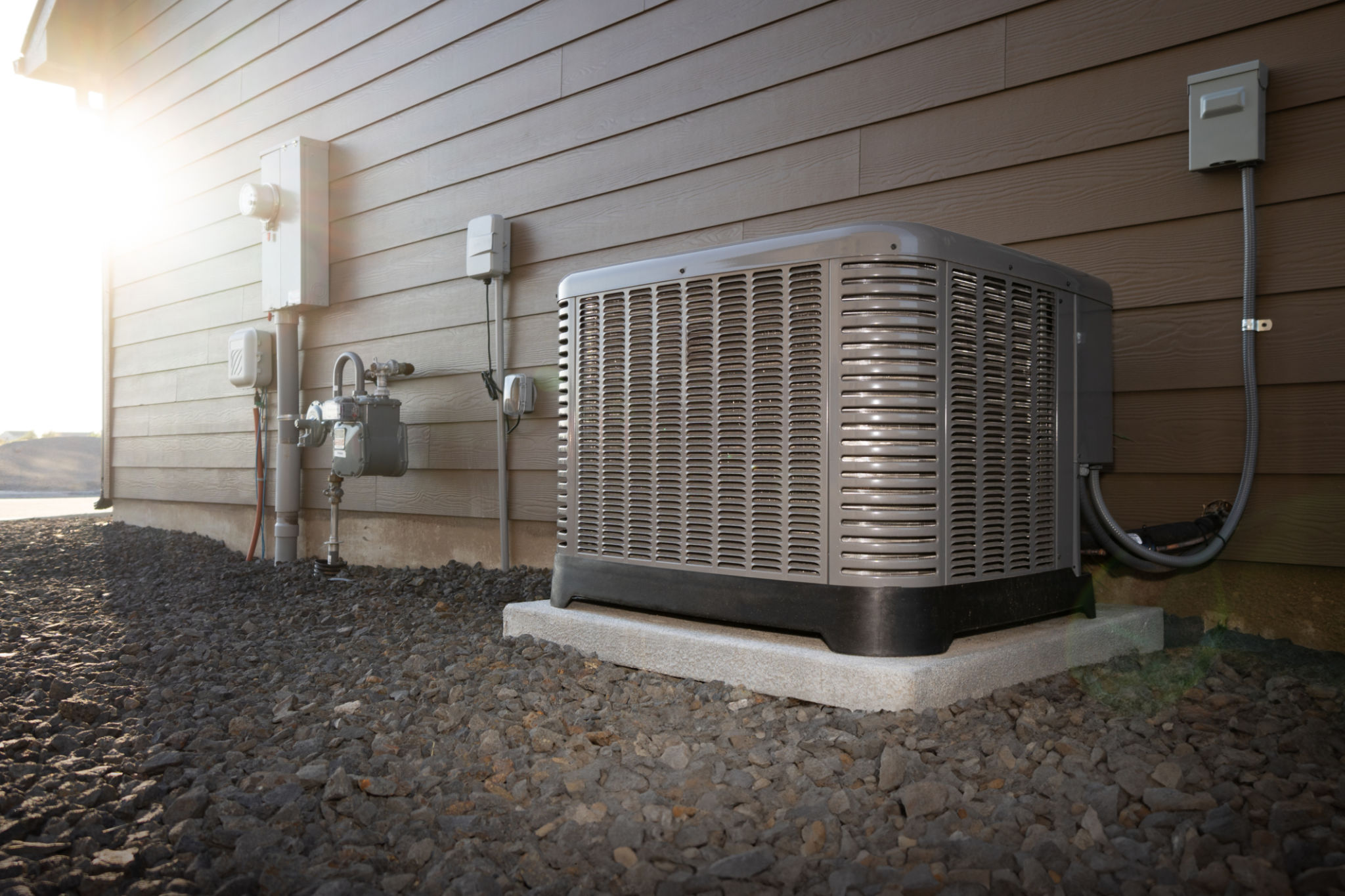DIY Home Inspection Tips: What You Can Check Before Calling the Professionals
Understanding the Importance of Home Inspections
Before putting your home on the market or purchasing a new property, conducting a thorough home inspection is crucial. While hiring a professional inspector is often recommended, there are several aspects you can check yourself to save time and potentially identify any major issues early on.
Performing a DIY home inspection can help you become more familiar with your property and better prepare for any future professional assessments. This guide will walk you through some key areas to focus on during your inspection.

Exterior Inspection
Examine the Roof and Gutters
The roof is one of the most critical components of your home, protecting it from the elements. Start by checking for missing, cracked, or curling shingles. Also, ensure that gutters and downspouts are firmly attached and free of debris. Look for signs of water damage, such as stains or moss growth, which can indicate potential leaks.
Inspect the Foundation
Walk around your house and examine the foundation for any cracks or signs of shifting. Minor hairline cracks are common, but larger gaps may suggest structural issues. Additionally, check for uneven floors or doors that don't close properly, as these can also be indicators of foundation problems.

Interior Inspection
Check for Water Damage
Inside the home, be vigilant for signs of water damage. Check ceilings, walls, and floors for stains or discoloration, which might suggest leaks. Pay particular attention to areas around windows, doors, and plumbing fixtures. Ensure that caulking around sinks and tubs is intact to prevent moisture-related issues.
Test Electrical Systems
Ensuring your electrical systems are functioning correctly is vital for safety. Test all light switches and outlets; if any aren't working, it might indicate wiring issues. Also, inspect the electrical panel for any tripped breakers or fuses and ensure that all wires are safely secured.

Plumbing and HVAC Systems
Assess Plumbing Fixtures
Start by checking all faucets and toilets for leaks or drips. Inspect under sinks for any signs of moisture or corrosion in pipes. Additionally, ensure that water pressure is consistent throughout the home by turning on multiple taps simultaneously.
Evaluate Heating and Cooling Systems
Your HVAC system plays a crucial role in maintaining a comfortable living environment. Check that thermostats are functioning correctly and listen for any unusual noises from the furnace or air conditioner. Regular maintenance records can also provide insight into the system's condition.

Final Thoughts
While a DIY inspection can reveal a lot about your home's condition, it's important to remember that some issues may require a professional's expertise. If you identify any significant problems during your assessment, don't hesitate to reach out to a qualified inspector.
By taking the time to perform these checks yourself, you'll not only gain a deeper understanding of your property but also ensure that you're well-prepared when it's time to call in the professionals. Happy inspecting!
